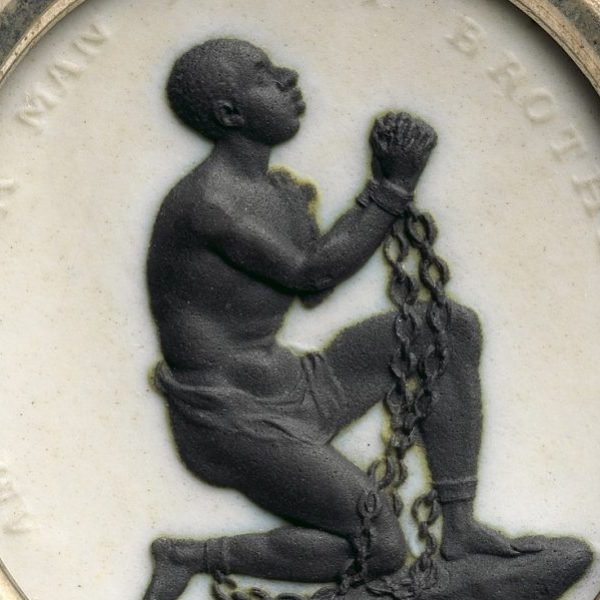To London, with Love: Lost at Sea
Ivan Lett—
Here in New Haven, the memory of La Amistad and its historic court trial pervades the memory of our coastline. Popular recreations of the slave ship’s story, such as the 1997 Spielberg film or the ship replica at Mystic Seaport, remind us of the horrors of slavery and the humanity denied to slaves the moment they enter captivity. After an appeal to the US Supreme Court, the surviving Africans were sent back across the Atlantic.
 We like to remember the positive outcomes. But the other infamous Atlantic slave ship, the Zong, is more obscure on this side of the ocean. It was a British ship, taken from the Dutch, that was to sail from the west coast of Africa to Jamaica to deposit its goods. The voyage occurred in the fall of 1781, right around the time Lord Cornwallis surrendered to George Washington to end the fighting of the American Revolutionary War. The ship was heavy, overcrowded with “cargo” (slaves), and met great difficulty on the rough waters. Supplies ran low as the ship overshot its final destination, disease had begun to spread among all those aboard, and to lighten the load, Captain Luke Collingwood ordered the slaves thrown into the ocean.
We like to remember the positive outcomes. But the other infamous Atlantic slave ship, the Zong, is more obscure on this side of the ocean. It was a British ship, taken from the Dutch, that was to sail from the west coast of Africa to Jamaica to deposit its goods. The voyage occurred in the fall of 1781, right around the time Lord Cornwallis surrendered to George Washington to end the fighting of the American Revolutionary War. The ship was heavy, overcrowded with “cargo” (slaves), and met great difficulty on the rough waters. Supplies ran low as the ship overshot its final destination, disease had begun to spread among all those aboard, and to lighten the load, Captain Luke Collingwood ordered the slaves thrown into the ocean.
…
What?
132 live slaves were thrown overboard.
Perhaps it’s unsurprising that the reaction was negative, though not in the way our 21st-century minds first jump. Slaves were murdered; it happened, and there was little compassion for how property was handled by its owners. The whole event might have gone unnoticed by the public if not for the peculiarity of Collingwood’s decision: in transit at sea, the slaves were insured as cargo; they would have lost their value if they had died ashore. Instead, the outcry came from the ship owners filing against insurers for the loss of their purchase, which then led to public condemnation.
If the 1839-1842 events surrounding La Amistad represent for Americans the atrocity of the slave trade and a step in changing opinions about abolition, then “The story of the Zong is also an exploration of changing sensibility among the British – their rejection of a lucrative habit,” writes James Walvin in his new book, The Zong: A Massacre, the Law, & the End of Slavery. An Emeritus Professor at the University of York, Walvin has exhaustively researched the cultural and legal sides of how the Zong appeared to the British public—from J.M.W. Turner’s painting, The Slave Ship, to the failed secrecy of the crew’s dastardly deed, leading to the abolition of the British slave trade in 1807 and the remembrance of the terrible affair.
While both sides of the Atlantic engaged in the public spectacle of the court cases, the memory has faded here, notably excepting academia. For example, Ian Baucom’s excellent book, Specters of the Atlantic (Duke University Press, 2005), places the atrocity within an economic frame, paying close attention to capitalist cycles of production and accumulation of value, relating it to our present-day within the context of the “long twentieth century”, as posited by Giovanni Arrighi.
Despite my reading on related subjects—and Walvin would agree that the Zong’s centrality is too great to be left in the margins—I was sorry (ashamed) to fully learn about this horror only a year ago, shortly before I became aware of this book. Walvin’s The Zong is the story of the transformation of our thinking about human capital, giving the complete political and moral trajectory of the ship’s relevance and looking towards how minds process and still process the value of human life. Its penetrating contribution to the growing literature on the slave trade is one that readers of any persuasion should find devastatingly haunting of how we have treated ourselves and others throughout history.
Ivan Lett is Online Marketing Coordinator for Yale University Press.



